Here's the solution that comes to mind for me. Create a new table that combines information from all 3 of the tables provided. It will be formatted like your Table 1 or Table 2, but with two new columns, Type and Slicer Store.
Type will specify whether the row is your own store or a competitor. Slicer Store will specify which rows should be displayed when that store's name is selected in the dropdown slicer.
Each row from your Table 3 will have 4 rows in the new table, one for each of the columns. The Slicer Store column in your new table will contain the Store Number from each row in Table 3. The Type column in your new table is self-explanatory.
You will end up with something like the following.
| Number |
Name |
Address |
Latitude |
Longitude |
Type |
Slicer Store |
| JL123 |
... |
... |
... |
... |
Store |
JL123 |
| C1 |
... |
... |
... |
... |
Competitor |
JL123 |
| C2 |
... |
... |
... |
... |
Competitor |
JL123 |
| C3 |
... |
... |
... |
... |
Competitor |
JL123 |
| JL456 |
... |
... |
... |
... |
Store |
JL456 |
| C2 |
... |
... |
... |
... |
Competitor |
JL456 |
| C3 |
... |
... |
... |
... |
Competitor |
JL456 |
| C4 |
... |
... |
... |
... |
Competitor |
JL456 |
Now for how to use it in Power BI. Create a single-select dropdown slicer using your new Slicer Store column. Then create your map visual using the rows in your new table. Use your new Type column as the Legend/Category. This allows you to color stores vs competitors differently in the visual.
Bing bang boom, you're done. Note that you may have "duplicate" rows for competitors in your new table. For example, if JL123 and JL456 were physically located right next to each other, then rows for C1, C2, and C3 would each appear twice in your new table. The Slicer Store would be different (JL123 or JL456) for these rows, though.
How you create the new table, either manually or with some sort of script, is the hard part.

